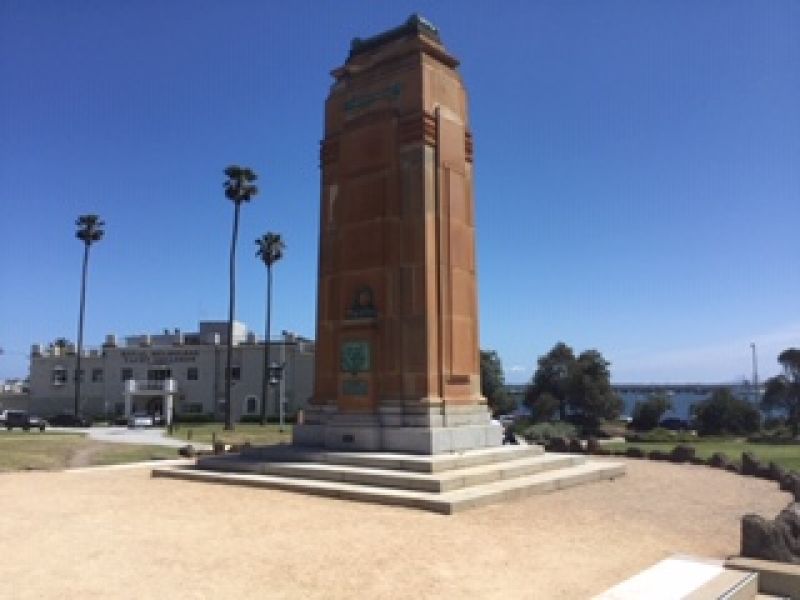Captain Edward Frederick Robert Bage
A prize-winning student, athlete, and soldier, Bob Badget Bage was a young adventurous Antarctic explorer before returning to his army appointment. He was killed during the first fortnight on Gallipoli.
Edward Frederick Robert "Bob Badget" Bage was born in St Kilda, Victoria on 17 April 1888. He grew up in St Kilda East and Port Phillip. Bage went to the Melbourne Grammar, in 1900, and won the Witherby Scholarship in 1901. He left with first class honours in physics and a Warden's Scholarship to Trinity College. He went onto gain a first-class honours in chemistry and exhibition in surveying and a Bachelor of Civil Engineering from Melbourne University in 1910.
Bage joined the militia in 1909; two years later, he transferred as an officer, to the Royal Australian Engineers. In December 1911, aged 23, he took leave to join Douglas Mawson’s Australasian Antarctic Expedition as astronomer, assistant magnetician and recorder of tides.
Bage led the expedition’s southern sledging party on a perilous 1,000km overland journey towards the magnetic pole region. For weeks on end, the group encountered blizzards, freezing temperatures, snow-blindness and frost-bite. Their return, with dwindling rations, became a race for survival. Bage’s “quiet determination, resolution, and foresight carried them through … always cheerful, ready with a hand to anybody who needed it … he was a born leader of men”.
Elsewhere, Mawson’s far eastern party struck disaster, leaving Mawson the sole survivor. Back at base, Bage was one of six volunteers who remained behind to wait for him when he failed to return in time for the expedition’s sailing. They endured another winter before the relief ship could come back for them.
On the outbreak of war, Bage was commissioned in the AIF as second-in-command of the 3rd Field Company, Australian Engineers. He was then engaged to Dorothy Scantlebury.
He embarked aboard the HMAT Geelong on 22 September 1914. The Engineers were busy from the outset, preparing field defences, manufacturing bombs, building roads, carting ammunition and building gun positions.
Bage was part of the landings at Gallipoli on 25 April 1915. Twelve days later, he was sent to an exposed position to peg out a new trench line. He came under intense machine-gun fire and was repeatedly hit. His dead body could not be recovered until dark; he was later buried in the Beach Cemetery at the southern end of Anzac Cove on the Gallipoli Peninsula.
"(Bage)....was very popular among both officers and men and many were the expressions of regret when the news was received at Victoria Barracks that he had fallen. He was an indefatigable worker, a thorough and efficient organizer, and one of the most promising of the younger officers of the permanent forces." (Adelaide Register, 16 June 1915, p8).
- Australian War Memorial https://www.awm.gov.au/visit/exhibitions/fiftyaustralians/2

 Australian War Memorial
Australian War Memorial